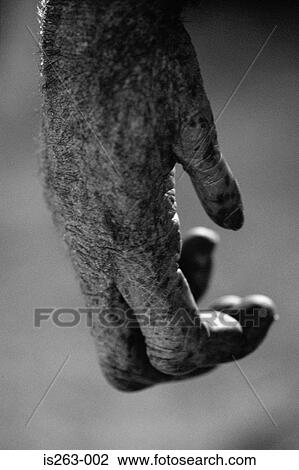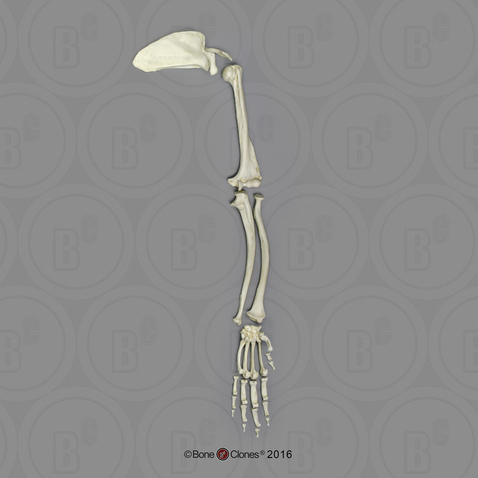
42 Clearly the presence of a pseudo-opposable hallux is variable in Cretaceous mammals since there is evidence that others (e.g., multituber-culates) did have one. Apparently the hallux was not opposable in this form either. The fibular facet is absent on the calcaneus, suggesting that its weight bearing role is reduced. Unlike Asioryctes, superposition seems fully evolved in za-lambdalestids. Other Cretaceous Asian mammals, e.g., the zalambdalestids, show anatomical specializations in-dicative of some form of saltatory (jumping) locomotion e.g., the intermembral index is low (resembling extant elephant shrews) and the tibia and fibula are fused distally as in many jumping mammals. Also, the joint between the medial cuneiform and first metatarsal is hinge-like (rather than saddle-shaped), suggesting that the hallux was not pseudoopposable as it was in the earlier tricono-donts.

90 Superposition of the talus was not fully evolved in this form (although more so than in triconodonts). It bears a certain resemblance to the extant marsupial Didelphis in some of its tarsal structure. The tarsus of Asioryctes (known from Asia) seems the most primitive of the group. GENERAL FEATURES OF THE PRIMITIVE MAMMALIAN FOOT 10 It is this last feature concerning the evolutionary trends in the primate foot that concerns us in this review. In the traditional view this evolutionary complex involves (among other features) progressive enlargement of the brain, recession of the snout, convergence of the axes of vision, ossification of the walls of the orbit, and specializations of the hands and feet for grasping (including the replacement of claws by nails on the digits). Simpson: “no clear-cut diagnostic adaptation or heritage distinguishes the Order Primates as a whole, or specifically the primitive primates, from the other primitive placental mammals.” 83 Due to this widely held sentiment, many have tried to characterize the order in terms of a distinctive complex of evolutionary trends rather than by discrete morphological traits. In the words of the eminent paleontologist G.

Most primatologists find it difficult to accurately define the morphological features and the correlated adaptive shift which characterized the earliest primates. All subjects Allied Health Cardiology & Cardiovascular Medicine Dentistry Emergency Medicine & Critical Care Endocrinology & Metabolism Environmental Science General Medicine Geriatrics Infectious Diseases Medico-legal Neurology Nursing Nutrition Obstetrics & Gynecology Oncology Orthopaedics & Sports Medicine Otolaryngology Palliative Medicine & Chronic Care Pediatrics Pharmacology & Toxicology Psychiatry & Psychology Public Health Pulmonary & Respiratory Medicine Radiology Research Methods & Evaluation Rheumatology Surgery Tropical Medicine Veterinary Medicine Cell Biology Clinical Biochemistry Environmental Science Life Sciences Neuroscience Pharmacology & Toxicology Biomedical Engineering Engineering & Computing Environmental Engineering Materials Science Anthropology & Archaeology Communication & Media Studies Criminology & Criminal Justice Cultural Studies Economics & Development Education Environmental Studies Ethnic Studies Family Studies Gender Studies Geography Gerontology & Aging Group Studies History Information Science Interpersonal Violence Language & Linguistics Law Management & Organization Studies Marketing & Hospitality Music Peace Studies & Conflict Resolution Philosophy Politics & International Relations Psychoanalysis Psychology & Counseling Public Administration Regional Studies Religion Research Methods & Evaluation Science & Society Studies Social Work & Social Policy Sociology Special Education Urban Studies & Planning BROWSE JOURNALS


 0 kommentar(er)
0 kommentar(er)
